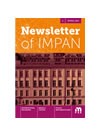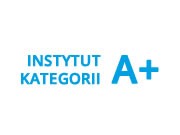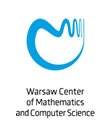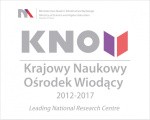Some new results about the ubiquitous semigroup $\mathbb H$
Volume 251 / 2020
Abstract
The semigroup $\mathbb {H}$ is defined as $\bigcap _{n=1}^\infty c\ell _{\beta \mathbb {N}}(2^n\mathbb {N})$, and it has the algebraic structure (and topology) inherited from the right topological semigroup $(\beta \mathbb {N},+)$. Topological and algebraic copies of $\mathbb {H}$ are found in $(\beta S,\cdot )$ for any discrete semigroup $S$ which has some sequence with distinct finite products. And any compact Hausdorff right topological semigroup which has a countable dense set contained in its topological center is an image of $\mathbb {H}$ under a continuous homomorphism. (Thus the term “ubiquitous” in the title.) Much is already known about the structure of $\mathbb {H}$. In this paper we present several new results. Included are the following facts. (1) For any $n\in \mathbb {N}$, $\mathbb {H}$ is the union of $n$ pairwise disjoint clopen copies of itself, each of which is a right ideal of $\mathbb {H}$, and $\mathbb {H}$ is the union of $n$ pairwise disjoint clopen copies of itself, each of which is a left ideal of $\mathbb {H}$. (2) $\mathbb {H}$ contains $\mathfrak c $ pairwise disjoint clopen copies of itself, each of which is a right ideal of $\mathbb {H}$, and $\mathbb {H}$ contains $\mathfrak c$ pairwise disjoint clopen copies of itself, each of which is a left ideal of $\mathbb {H}$. (3) If $S$ is a countable dense subgroup of $(\mathbb {R},+)$ and $S_d$ is $S$ with the discrete topology, then the set of ultrafilters in $\beta S_d$ that converge to $0$ (in the usual topology on $S$) is a copy of $\mathbb {H}$. (4) If $S$ is the direct sum of countably many countable partial semigroups each of which has an identity and at least two elements, then the set of ultrafilters in $\beta S_d$ that converge to the identity in the product topology on $S$ is a copy of $\mathbb {H}$.









